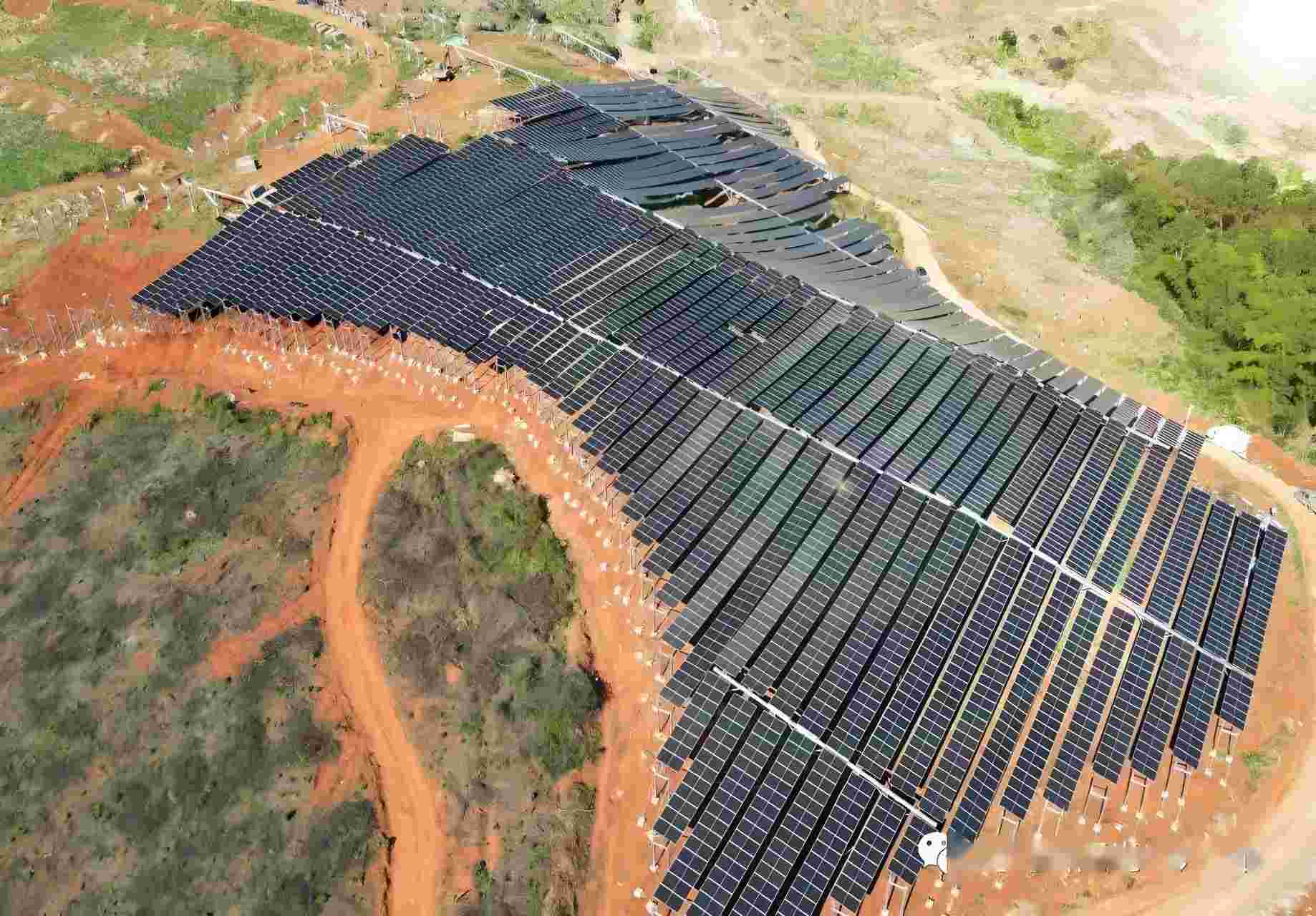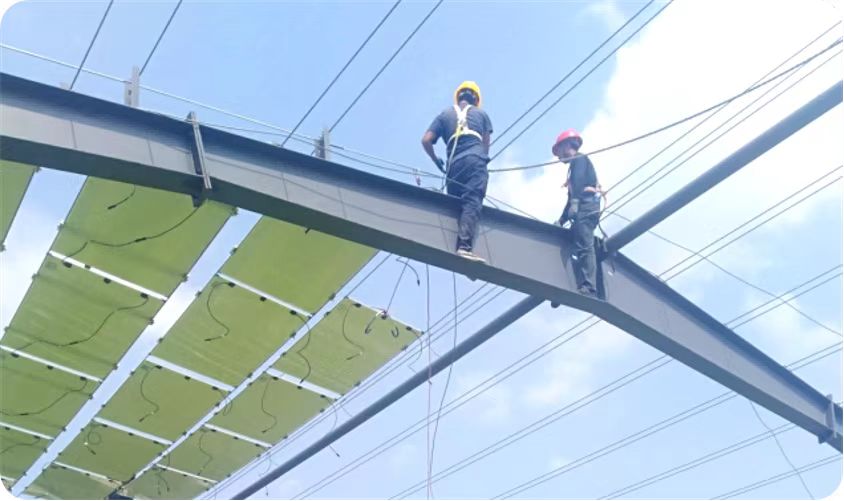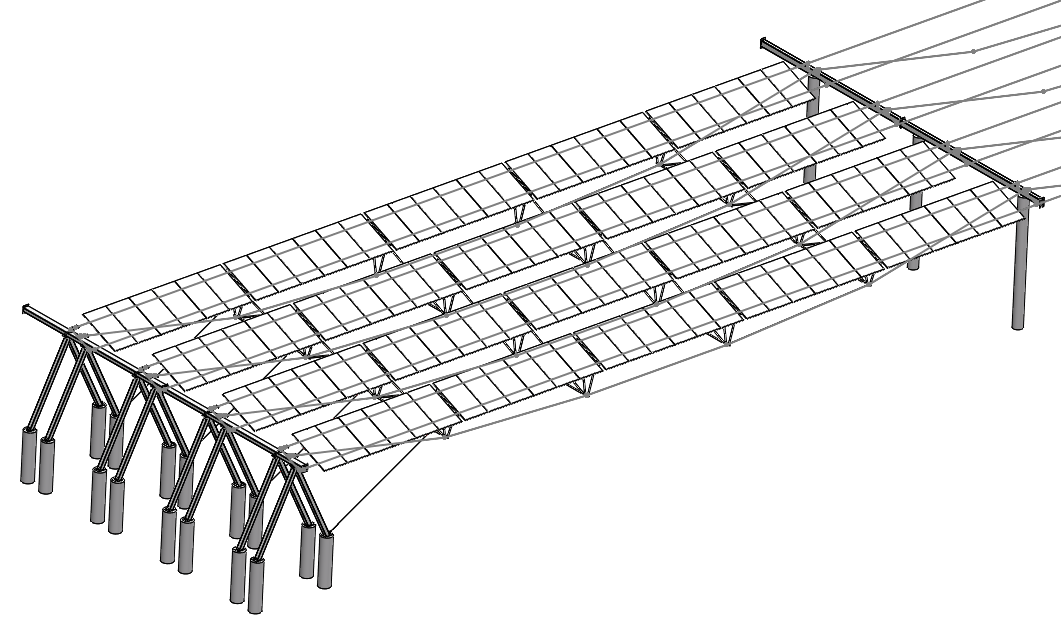Flexible Mounts The Hardcore Reinforcement Protecting Mountainous PV Power Plants
As renewable energy garners increasing global attention, the construction of PV power plants is advancing at an unprecedented pace. However, building PV plants in complex terrains and rugged mountain areas poses significant challenges. Flexible mounts, with their unique advantages, have become the go-to solution for such challenging environments.
Compared to flat ground, constructing power plants in mountainous regions requires careful consideration of factors like undulating terrain and localized shading between arrays. Flexible mounts rise to these challenges with ease. Featuring spans of 10–60 meters, they can seamlessly bridge gullies and obstacles in complex terrains. Moreover, their design can adapt to slopes of up to 45 degrees, ensuring maximum sunlight exposure for PV modules and improving overall energy efficiency.

Compared to traditional mounts, flexible mounts can reduce the required foundation materials by 60–80% and save over 25% of mountainous land area. This not only lowers the total investment costs for PV power plants but also optimizes the use of unused land, improving land utilization rates. Additionally, the construction of flexible PV plants helps improve soil conditions by increasing water retention and organic content, fostering vegetation growth under the panels and achieving a win-win for PV energy and ecological balance.

How to Ensure the Stability of Flexible Mounts in Complex Terrains?
Firstly, using high-strength, corrosion-resistant materials like hot-dip galvanized steel or aluminum alloys is crucial. The thickness and strength of the mounts should be carefully designed to withstand local wind forces and other external pressures. The specifications of flexible mounts should be selected based on terrain and climatic conditions to ensure durability and stability.
Secondly, in soft or loose soils, additional support structures like ground screws or concrete foundations can enhance stability. To counteract wind pressure, adding transverse support systems between flexible mounts can increase load-bearing capacity and create a more robust structure.
For steep slopes, combining suspension cable structures with truss designs ensures adaptability to complex terrains. Pre-stressed steel cables or wire ropes, along with additional fixing points like ground anchors and metal bolts, can reinforce the system, preventing overturning during strong winds.

With the continuous advancement of PV technology, flexible mounts are poised to play a larger role in diverse terrains, contributing significantly to the growth of renewable energy.
Advantages of Huge Energy Flexible Mounting System
Huge Energy’s flexible mounting system boasts a maximum clearance of 9 meters and a maximum span of 50 meters. Its high clearance, large spans, and robust safety measures address issues like land consumption, limited reusability, and high construction costs associated with traditional mounts, promoting the widespread adoption of integrated "PV+" projects.
Huge Energy’s pre-stressed suspension cable system has passed CPP & RWDI wind tunnel certifications, effectively resisting typhoon conditions of up to 15 grades. Its north-south stabilizing tie rods and wind-resistant cables enhance overall structural stability, ensuring safety even in extreme weather.
Backed by a dedicated R&D team and a fully equipped laboratory, Huge Energy continuously improves product design and structural performance. The company has achieved comprehensive PV solutions with a track record of zero-risk incidents over the past decade.
Choosing Huge Energy means opting for efficient energy solutions and a commitment to sustainable development. With an expert team dedicated to every detail, We ensures your investment yields maximum returns!
